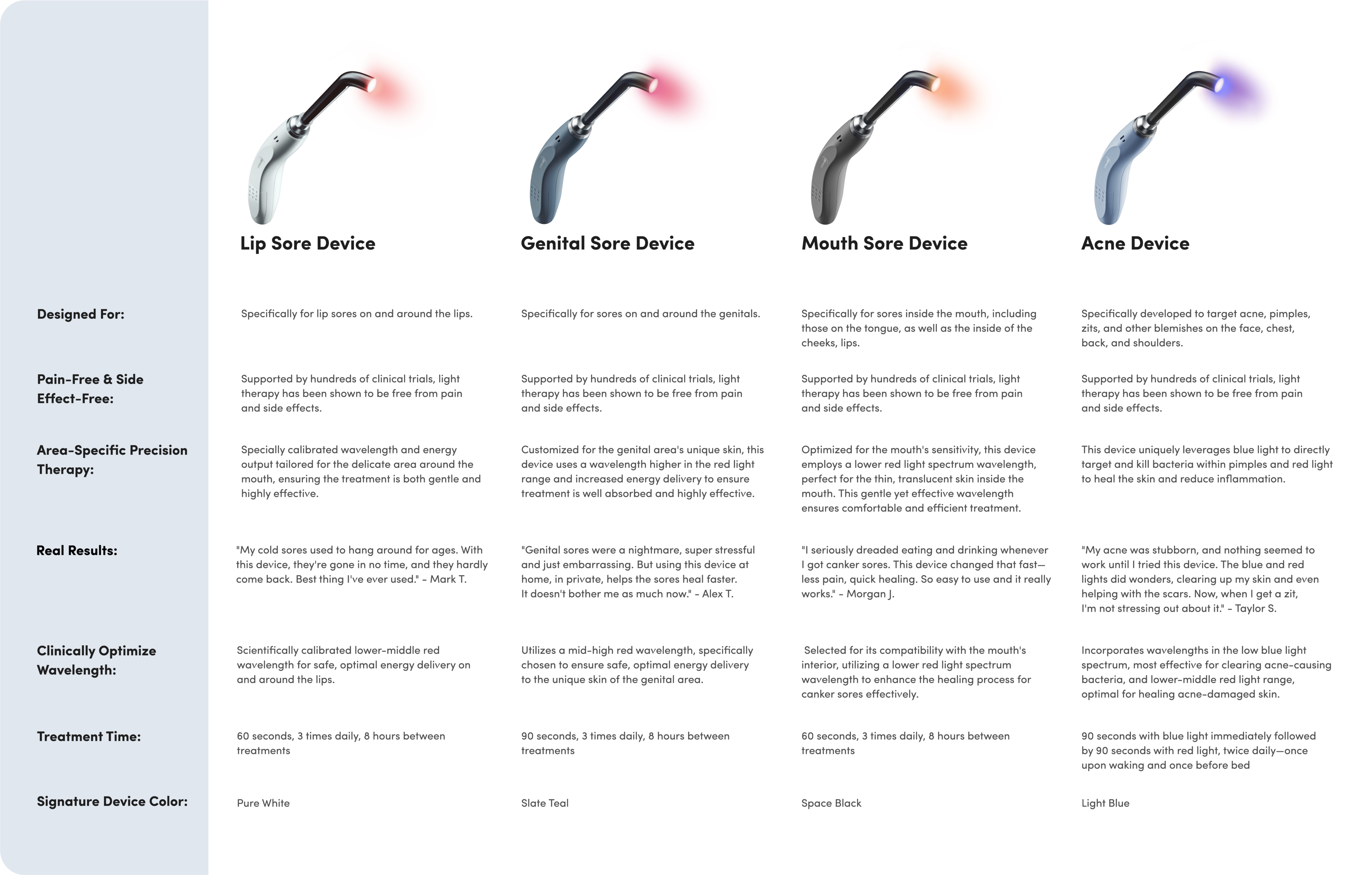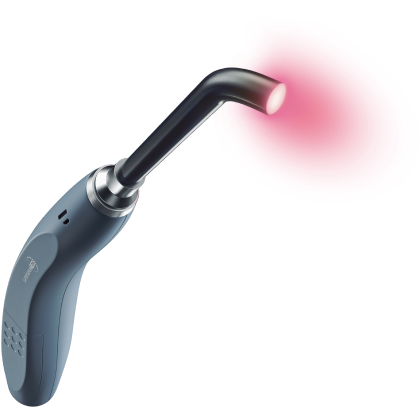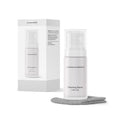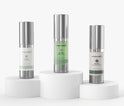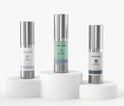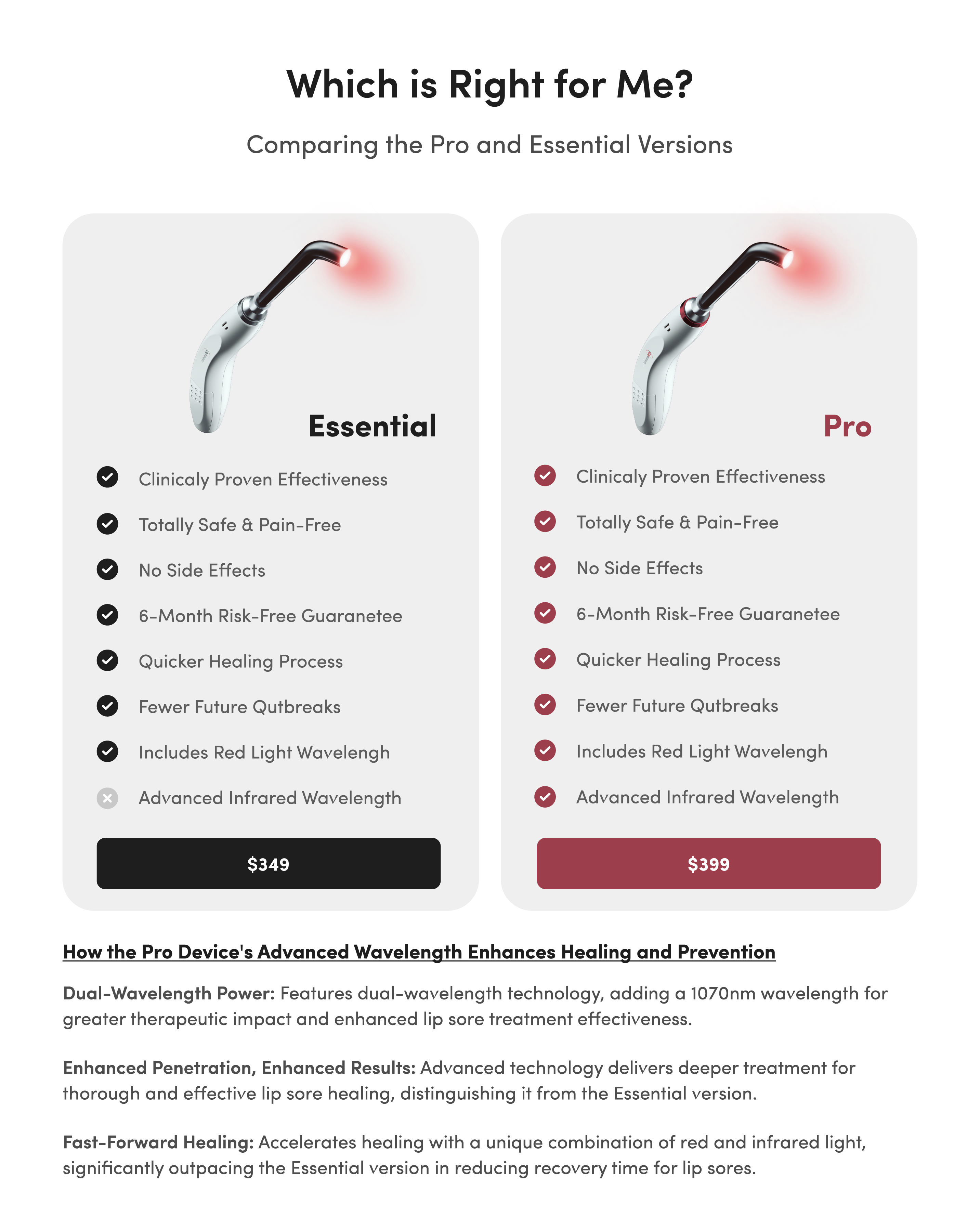What Is a Canker Sore? The Ultimate Guide

Most people will deal with quite a few canker sores in their lives.
As you go through the various canker sore stages, it’s important not to make your situation worse. To avoid aggravating the ulcer, you might need to favor one side of your mouth when chewing, or hold your mouth differently.
One of the most helpful strategies is learning as much as you can about these small, shallow lesions. Keep reading to discover answers to some of the most common questions pertaining to canker sores, including:
- What is a canker sore?
- What are the canker sore stages?
- How long can a canker sore last?
- What is the difference between a canker sore and herpes?
What Is a Canker Sore?
Before we go any further, let’s answer the most basic question: What is a canker sore?
A canker sore (also called an aphthous ulcer) is a shallow lesion that develops on the soft surfaces in your mouth, including inside your lips, inside your cheeks, on the roof of your mouth, along your gum line, under your tongue, or on your tongue.
These white, gray, or yellow lesions usually measure between one and four millimeters in diameter and have a bright red or pink border.
Though painful, canker sores are not dangerous. Since these lesions aren’t caused by an infection, they aren’t contagious. You can’t spread a canker sore to another person through kissing or other oral contact.
Canker sores are very common. While some people only suffer from an occasional sore, others deal with them several times per year. In the few days before the lesion forms inside your mouth, you may experience a stinging or burning sensation in that area.
Once the ulcer forms, it usually generates the greatest pain in the first few days. However, your teeth, toothbrush, or eating utensils can aggravate the canker sore, causing renewed pain and discomfort.
For more detailed information on how to recognize a canker sore, read our canker sore identification guide.
Of course, answering the question “What is a canker sore?” really only scratches the surface. Next, let’s take a look at the three canker sore stages.

The Three Canker Sore Stages
All canker sores pass through three canker sore stages. As a canker sore progresses through the canker sore stages, its appearance and symptoms change.
Let’s review the three canker sore stages in detail:
1. Prodromal Stage
The first of the three canker sore stages is the prodromal stage. This stage usually lasts between one and three days. During this time, you probably won’t be able to see the sore inside your mouth, but you’ll likely feel the ulcer forming.
During the prodromal canker sore stage, you may feel the following sensations at the site of the emerging lesion:
- Burning
- Stinging
- Prickling
- Itching
- Numbness
Toward the end of the prodromal state, you may notice a small ulcer developing at the site of these sensations.
2. Ulcer Stage
The next of the canker sore stages is the ulcer stage, which starts around day three and lasts three to six days.
During this time, you’ll see a noticeable lesion inside your mouth. The sore will appear round or oval-shaped with a white or yellow center, and the surrounding area will be red or pink.
During the ulcer stage, the canker sore is usually swollen and painful. It’s easy to accidentally irritate the sore with your teeth, toothbrush, eating utensils, dental appliances, crunchy foods, or anything else you put in your mouth.
3. Healing Stage
Going through the canker sore stages can be quite difficult, especially if the sore is very swollen, painful, or easily irritated. But by day six, the healing stage should begin. The ulcer will gradually decrease in size while the pain becomes less pronounced.
It’s important to protect the canker sore once it’s in the healing stage. Try to avoid biting or touching the lesion. As the sore heals, you should notice less pain and discomfort.
What Causes Canker Sores?
Canker sores don’t have one single known cause, which makes them difficult to combat. However, we do know about many of the potential triggers and risk factors for canker sores, which include:
- Low levels of vitamin B12, iron, or zinc
- Autoimmune conditions like lupus
- Use of nonsteroidal anti-inflammatory drugs (NSAIDs)
- Family history of canker sores
- Injury to the sensitive lining of the mouth
- Hormonal changes, such as pregnancy
- Diet
- Stress
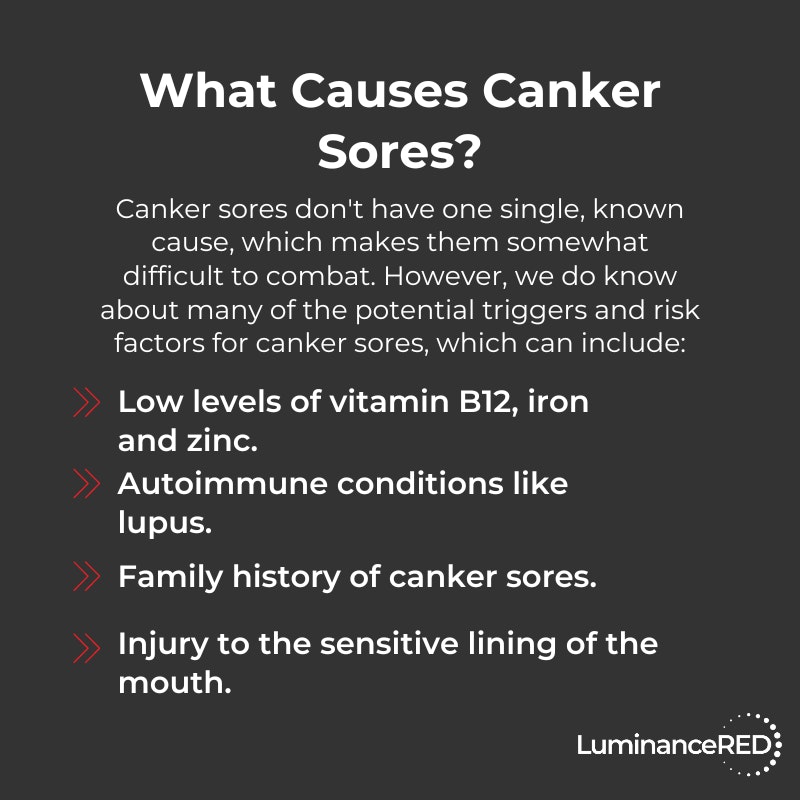
Dietary Triggers
Any foods that irritate or injure the oral tissues can potentially cause a canker sore. This can include:
- Acidic fruits and vegetables, including juices
- Spicy foods
- Salty foods
- Crunchy or sharp foods
- Coffee
- Alcohol
Food allergies are also a common cause of canker sores.
Stress
Although researchers haven’t conclusively identified stress as a cause of canker sores, they have found a high correlation between recurrent canker sores and anxiety, depression, and psychological stress.
If you have frequent canker sores, reducing your stress through therapy and/or mindfulness techniques could help.
How Long Can a Canker Sore Last?
Now that we’ve explored the canker sore stages and identified what causes cankers, let’s answer another important question: How long can a canker sore last?
Canker sores typically last seven to 14 days. Minor canker sores and herpetiform canker sores typically heal within two weeks, including the prodromal stage before the ulcer fully emerges.
However, some cankers can last several weeks. These are called major canker sores and complex canker sores.
Major Canker Sores
Most cankers fall into the category of minor canker sores. Rarely, however, ulcers can grow much larger and deeper than average, causing excessive pain and even scarring. These lesions, classified as major canker sores, can take up to six weeks to heal.
Complex Canker Sores
Complex canker sores can last up to six weeks at a time. These complex lesions, which can exceed five millimeters in size, usually form in response to an underlying health issue. Some common triggers for complex canker sores include autoimmune disorders, food allergies, and vitamin deficiencies.
More serious complex canker sores may cause flu-like symptoms such as swollen lymph nodes, fever, and/or lethargy.
Either of these less common types of cankers may cause you to wonder, “Just how long can a canker sore last?” Fortunately, these types are less common, and most canker sores only last for two weeks.
The Difference Between a Canker Sore and Herpes
Some people confuse canker sores with cold sores, but these two afflictions are very different. The cause of cold sores is the herpes simplex virus (HSV), or oral herpes, while canker sores aren’t caused by a virus at all.
To tell the difference between a canker sore and herpes, consider the location. Canker sores form on the soft surfaces inside the mouth, while cold sores generally form on or around the lips outside the mouth.
Also consider the appearance. A cold sore is a fluid-filled blister that eventually bursts, crusts over, and falls off, but canker sores don’t fill with fluid or scab as part of the healing process.
When discussing the difference between canker sore and herpes, one type of canker — the herpetiform canker sore — can cause some confusion.
Herpetiform canker sores draw their name from unusual appearance. Instead of the typical single sore, these rare ulcers are actually made of multiple small sores, each a millimeter or less in size. You can have as few as 10 sores or as many as 100. Sometimes, they may all merge into one big sore.
Though herpetiform canker sores resemble a cluster of herpes blisters, they have no relation to the herpes virus and are not contagious. They also don’t typically cause scarring, and they heal within two weeks.

How to Get Rid of Canker Sores
Thankfully, there are many ways to treat frustrating and painful canker sores.
Home Remedies
According to anecdotal evidence, multiple home remedies for canker sores may be helpful.
While conclusive clinical proof may not exist (yet!) for many of these remedies, people swear by the use of several ordinary household products for the treatment of canker sores. Here are just a few:
Red Light Therapy
Red light therapy is a natural treatment that can reduce the pain caused by canker sores and expedite the healing process. In a recent study, 75% of patients treated with red light reported reduced canker sore pain after one session and experienced a shortened healing time of just four days.
Red light therapy treatment was once available exclusively in a clinical setting. Now, many products harness this technology for home use. The Luminance RED is an FDA-registered device designed to administer red light therapy for canker sores at home.
Light therapy is also a safe treatment option for kids.
Lysine Supplementation
Lysine is an essential amino acid that functions as a building block for proteins. Adding lysine to your diet can improve existing canker sores and decrease your likelihood of developing new ulcers.
Lysine has many important functions in the body, including:
- Immune system support
- Nutrient absorption
- Collagen production
Your body can’t make lysine on its own, so you have to consume it through foods high in lysine or by taking supplements.
Over-the-Counter Medications
Many over-the-counter canker sore treatments are available in the form of patches, topical creams and ointments, and dental products sold at your local drugstore. These products use a variety of ingredients to soothe canker sore pain and heal the skin affected by the ulcer.
Patches are a great option to both numb the pain and protect the ulcer from further irritation. You might also consider using a specially formulated toothpaste to combat bacteria that can aggravate canker sores.
When to See A Doctor About Canker Sores
Maybe you’ve made lifestyle changes and tried a plethora of at-home and over-the-counter treatments, but you still suffer from frequent, recurrent canker sores. In that case, it may be time to contact a medical professional.
Here are a few signs it’s time to contact your doctor:
- You’re experiencing severe pain from mouth ulcers.
- The sores spread to other areas of the mouth.
- The sores are unusually large.
- It’s been longer than two weeks, and sores haven’t healed.
- New canker sores form before old ones have healed.
Recurrent canker sores, especially severe ones, can be a symptom of a serious underlying health condition, such as Crohn’s disease, AIDS, or celiac disease. Your healthcare provider will be able to test you for these conditions, as well as order blood work to check for deficiencies in certain vitamins and minerals.
What Is a Canker Sore: Final Thoughts
In this guide, we’ve addressed many common questions about canker sores, including:
- What is a canker sore?
- What are the canker sore stages?
- How long can a canker sore last?
- What is the difference between a canker sore and herpes?
Learning as much as you can about canker sores will help you feel empowered to combat this common health condition. And hopefully, that knowledge will lead to fewer cankers in the future!






